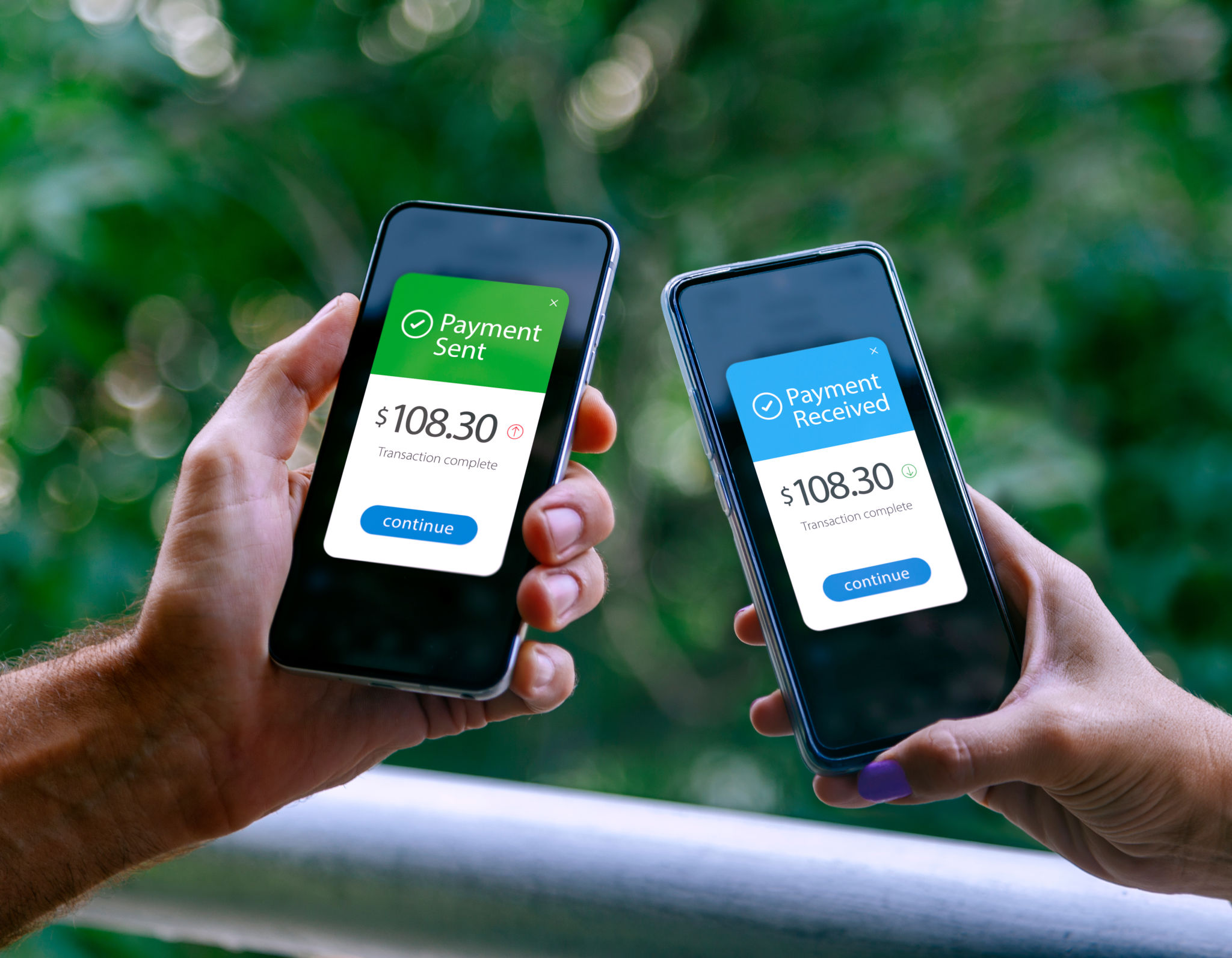DIY Tips: Transitioning to a Bring Your Own Phone Plan Effortlessly
Understanding the Bring Your Own Phone (BYOP) Plan
Switching to a Bring Your Own Phone (BYOP) plan can be an excellent way to save money and enjoy greater flexibility with your mobile service. A BYOP plan allows you to keep your existing phone while choosing a network provider and plan that best suits your needs. It’s a perfect option for those who are attached to their current device or want to avoid the hassle of purchasing a new one.
Before making the switch, it's essential to understand how BYOP plans work. Essentially, these plans enable you to use your existing phone with a new carrier, provided your device is compatible with their network. This compatibility is crucial in ensuring seamless service without interruptions.

Checking Compatibility and Unlocking Your Phone
The first step in transitioning to a BYOP plan is checking if your phone is compatible with the new carrier's network. Most carriers have online tools to help you verify compatibility. You’ll need your phone’s IMEI number, which can usually be found in your phone’s settings or by dialing *#06#.
If your phone is locked to a specific carrier, you might need to unlock it before switching to a BYOP plan. Contact your current carrier to understand their unlocking policy. Many carriers will unlock your phone once you’ve fulfilled certain conditions, such as completing your contract or paying off the device in full.
Selecting the Right Plan
Once your phone is ready, the next step is selecting the right BYOP plan. Consider what you need from your mobile service—do you need unlimited data, or are you mostly using Wi-Fi? Do you frequently call internationally? Comparing different plans can help you find one that offers the best value for your usage habits.

Most carriers offer a variety of plans tailored to different needs, so take the time to explore options. Look for plans that provide good coverage in your area and consider features like data rollover or family sharing options if relevant.
Activating Your New Plan
After selecting a plan, it’s time to activate it. This usually involves ordering a SIM card from the new carrier if you don't already have one. Once you have the SIM card, follow the activation instructions provided by the carrier. This typically involves inserting the SIM card into your phone and following a series of steps either online or via a call.
If you’re keeping your current phone number, you'll likely need to provide your account details from your previous carrier. This process is known as porting and might take a few hours to complete, although it’s usually seamless.

Optimizing Your Phone for the New Plan
Once your new plan is activated, it's beneficial to optimize your phone settings to ensure you're getting the most from it. Check that your network settings are correctly configured and update any necessary apps or features. Ensure that your device is updated with the latest software to avoid any potential issues.
Finally, monitor your usage over the first month to ensure the plan meets your expectations. If not, most carriers allow you to adjust your plan preferences or add additional features if needed.
Conclusion: Enjoying Flexibility and Savings
Transitioning to a BYOP plan can be a straightforward process if you follow these steps carefully. The primary advantages include maintaining your beloved device while enjoying potentially lower costs and enhanced flexibility. With a little research and planning, you can effortlessly make this transition and start enjoying the benefits immediately.

